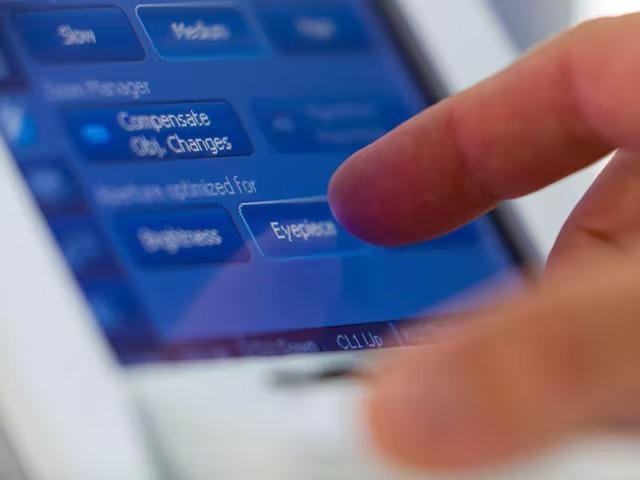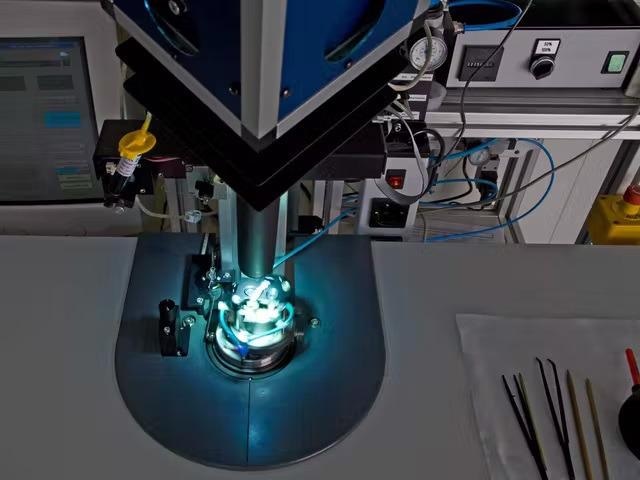The ZEISS on-axis zoom microscope Axio Zoom.V16 provides high resolution and a zoom range of 16x. Users can zoom effortlessly from overview to the tiniest details - with a single objective and a wide free working distance. Big tile-images can be rapidly and easily stitched at low-to-medium magnification with remarkable double resolution.
Highlights
Zoom Between Large Object Fields in Minute Detail

Image Credit: Carl Zeiss Microscopy GmbH
The Axio Zoom.V16 can be integrated with its 16x zoom, possessing a high numerical aperture and wide working distance: even at medium and low magnifications, users can accomplish resolutions up to two times as high.
Users need not waste their time stitching tile-images. They can image whole components with merely a few shots.
Optimized Zoom for Your Applications

Image Credit: Carl Zeiss Microscopy GmbH
Axio Zoom.V16's eZoom works with a motorized iris diaphragm paired with the zoom. Users can choose the ideal mode for their purpose:
- Eyepiece mode: This is suitable if users tend to work with ocular observation using conventional illumination. Users can zoom from large object fields with the highest depth of field to high magnifications with the highest resolution.
- Brightness mode: Users can view fluorescence images spanning the full zoom range with maximum possible brightness.
- Camera mode: The Axio Zoom.V16 adjusts to the performance of the user’s camera. Users get an ideal relation between depth of field and resolution spanning the entire zoom range.
EpiRel Produces a Relief-Like Image Contrast
Users need to slightly incline the illumination using the EpiRel slider in the Epi-Illuminator Z to suit their Axio Zoom.V16:
Textures and small ridges can be discovered, especially at high magnification. Objects can take on additional contours compared to traditional brightfield.
Precision: eZoom Images – Twice as Sharp
The zoom body is the core of zoom and stereo microscopes. While zooming, lenses need to be precisely positioned. Up until now, a metal part milled with extreme care would establish the precision of this movement and along with it the optical quality of the microscope.
eZoom substitutes the mechanical curve with an electronic curve. Stepping motors precisely place the movable lenses and take into account the tolerances of each lens.
Each zoom body defines its own zoom curve and records additional details. eZoom follows the base line for image sharpness across the magnification range with a doubled exactness compared to a mechanical zoom body. Zoom curves can be programmed individually.

When the micro clapper of the computer-controlled glue leveling machine brings eZoom’s lens in the zoom body into position, it is glued and cured with UV light. Image Credit: Carl Zeiss Microscopy GmbH